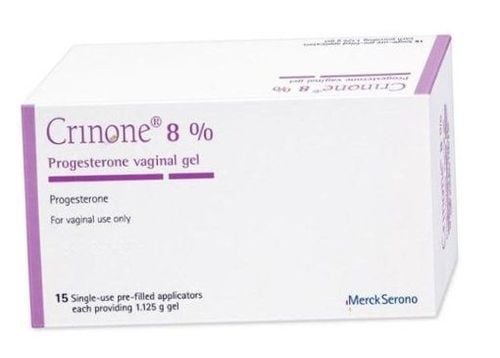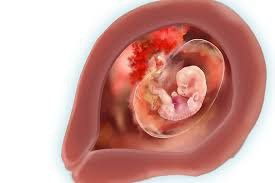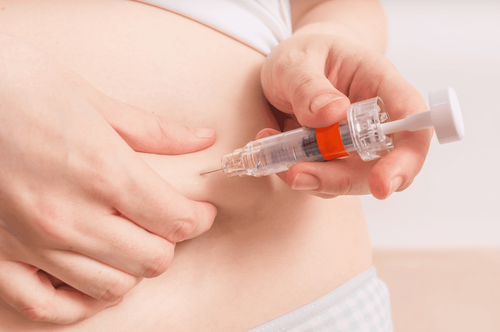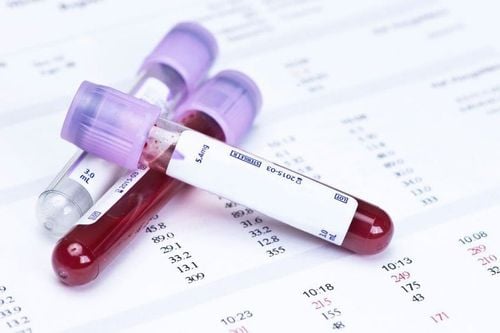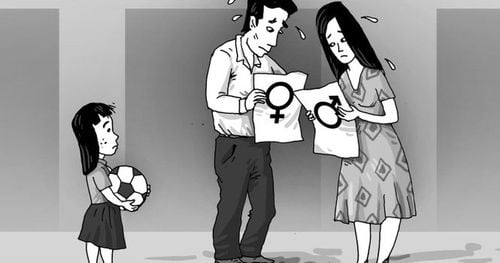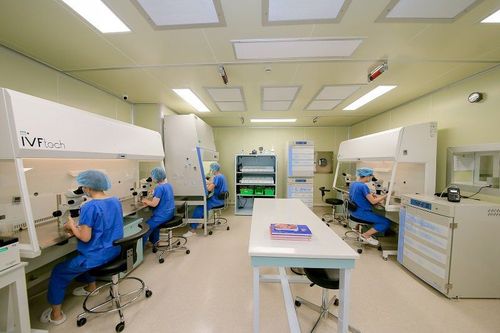This is an automatically translated article.
Today, advances in biomedical technology have made it possible for some people with fertility problems, including transgender people, to benefit from these advances and not only realize their gender identity, but also to exercise parenthood.1. Definition of transgender
Transgender is a broad term that refers to all people whose gender identity does not conform to the norms corresponding to their biological sex.
Transgender people are people whose gender identity is different from their biological sex. Often transgender people will change or want to change their body through hormone therapy, surgery, or other methods in order to have a body that is as close to their gender as possible. they want to. This transition through medical interventions is often referred to as gender reassignment, but more recently it has been called gender affirmation. There are male (female to male) and female (male to female) transsexuals:
Transgender men are those who were born female but feel they are male and live like a man, and at the same time want to or have changed his body to best resemble the male side. Transgender women are people who were born male but feel they are female and live like a woman, and want or change their body to be the most similar to the female side.
2. Transgender process
Transition is the process that many transgender people (not all) will go through in order to live up to their gender identity. This process involves changing gender representations, such as physical appearance, clothing, gestures, or everyday names used in communication. These types of changes are often referred to as “social (in terms of) transformation.”
Transition can also include biomedical and surgical interventions to help a person's body align with their gender identity. These changes are often referred to as “medical transitions” and may include virilization or feminization hormone therapy and/or surgery.
3. Transgender people have the ability to have children or not?
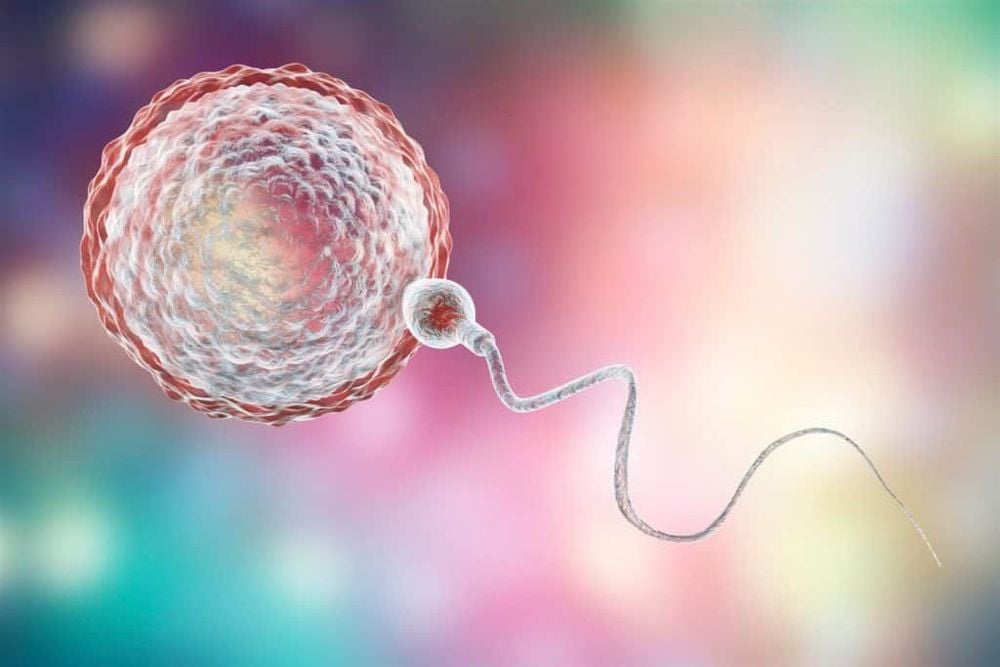
Người chuyển giới có khả năng sinh con hay không?
Transgender fertility issues need to be divided into many different situations, on a case-by-case basis.
Cases of transgender people undergoing surgery and medical treatment. They can only change the shape of the face, breasts, vulva, vagina, penis, skin... but cannot implant specific organs to determine gender. A person going from male to female cannot have a uterus, bilateral ovaries, female sex hormones, and chromosomes that are still male. Thus, the transition from male to female or vice versa only changes the external phenotype and sex psychology, but cannot change the characteristics of reproduction and maintenance of the species. The case of transgender people who have had partial surgery or have not changed their gender psychology. They only show through expressions such as clothing, behavior, voice or physical features. This group is quite close to or overlaps with the gay or lesbian group. For example, a gay man wears women's clothes, wears makeup, etc. to look like a woman. These people still have normal male genitalia. In case they want to have children, they still have sex or use artificial insemination methods with normal women or lesbians, still be biological fathers of their children, and in the case of women, perform the conversion. change sex only partially and still retain the reproductive organs, genitals, only change other parts (face, chest...), they are still fully capable of having sex with genitalia and give birth if their reproductive organs are healthy.
4. How do transgender people have children?
For transgender women, options include cryopreservation of sperm (freezing) or use through artificial insemination (IUI) of a female partner. In vitro fertilization (IVF) may also be recommended when using a woman's or donor eggs or sperm and/or a partner's uterus or surrogate. For transgender men, fertility options include freezing eggs and/or embryos, using a partner's sperm or donor sperm. Transgender people can undergo IUI using a partner or donor's sperm, or can request IVF using their own, partner's, or donor eggs. Embryos can be transferred into the uterus of a trans man himself or a trans man's partner, or the uterus of a surrogate. Recommended video:
How does in vitro fertilization work?
Please dial HOTLINE for more information or register for an appointment HERE. Download MyVinmec app to make appointments faster and to manage your bookings easily.
Article references source: ncbi; time.com



